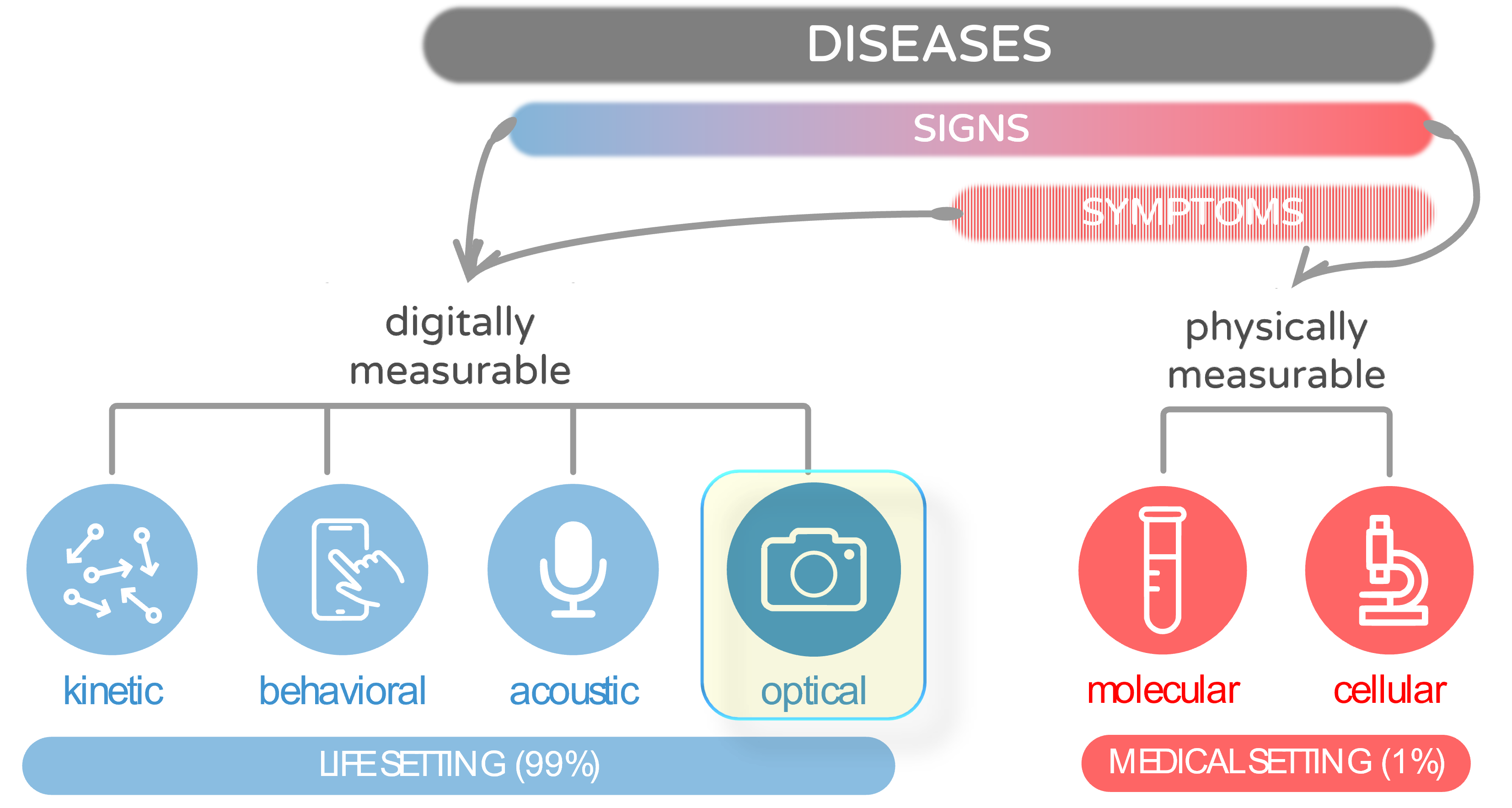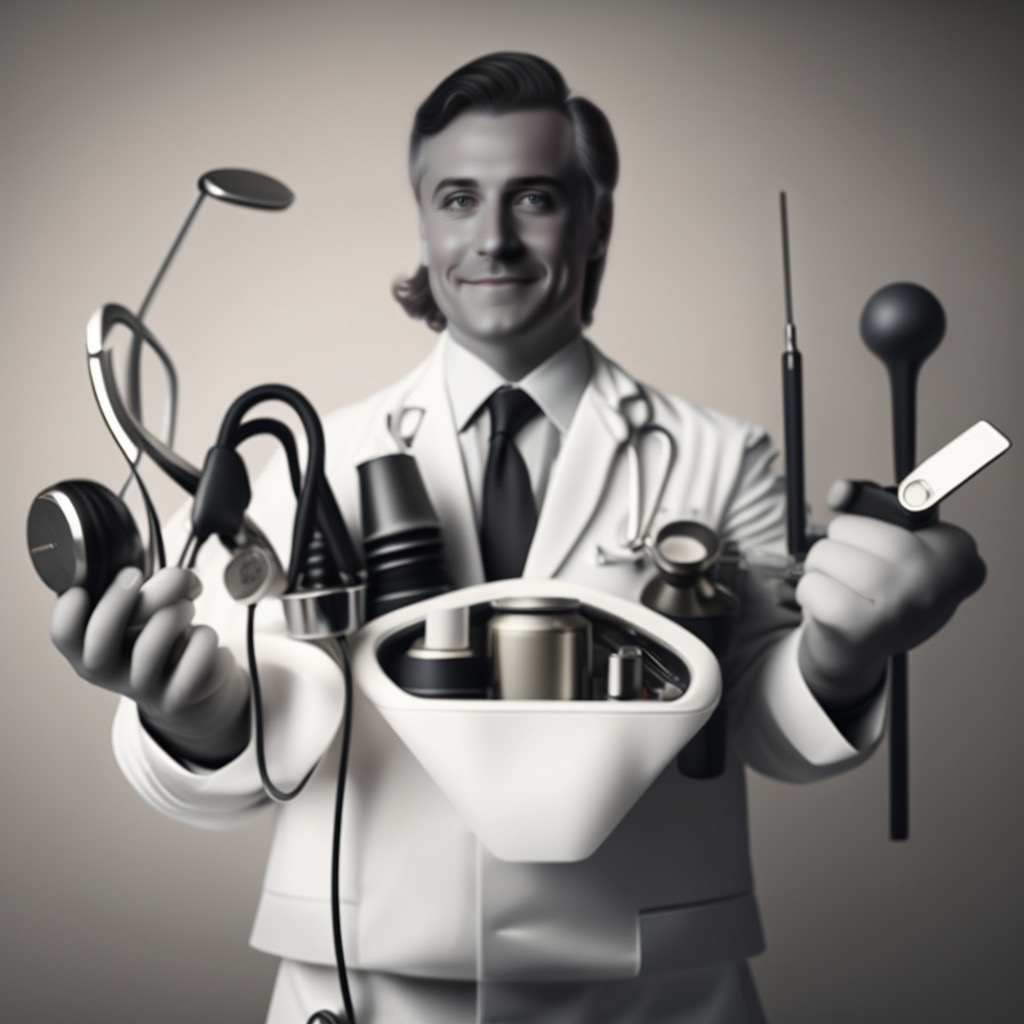Health data are generated in a few clinical hubs yet stored in countless siloed systems—exactly the opposite of what we need. This inversion keeps life-saving insights locked away and forces patients and clinicians to work with fragments instead of the full picture. Connecting those fragments is the first step toward continuous, data-driven care.


Every day, billions of people collectively shed trillions of health signs into the ether:
Global healthcare costs are racing toward a cliff as late-stage diseases outpace our ability to find them early. Measuring those invisible signals is the only way to bend that curve.
Disease signs often precede symptoms, yet both are too often missed or dismissed. We need tools for preventive health monitoring that can frequently and objectively track subtle biomarker shifts long before symptoms appear.

When does disease actually reveal itself? Medical settings represent less than 1% of our life's time, yet most health services are concentrated then. This temporal limitation results in health checks being too infrequent for many, necessitating a shift in our perspective from viewing healthcare as an instance, to embracing a care-continuum paradigm. It's in that other 99% of our life's time – the life setting – when innovative solutions are critically needed.

Where does disease actually reveal itself? Medical settings represent less than 1% of our life's space, yet most health solutions are confined there. This spatial limitation results in healthcare being too inaccessible for many, necessitating a shift in our perspective from viewing healthcare as a place, to embracing a care-anywhere paradigm. It's in that other 99% of our life's space – the life setting – where innovative solutions are critically needed.


As healthcare consumers, we should be at the center of our own healthcare journey. Our current healthcare system is still heavily oriented around physical modalities to access care, primarily from providers and payers, while patients are often left with limited alternatives.
Providers and payers are crucial parts of our healthcare system, but they cannot typically be the first source of basic care for patients.
Digital technologies have radically transformed every industry in our economy. Healthcare will be no exception; its true AI-driven healthcare innovation moment is only just emerging.
Even today, Telehealth is not transformationally innovative—it was already envisioned back in the 1960s. Yet, it currently remains little more than Zoom added to a phone call from the 1960s where patients would (and still) verbally describe Symptoms to physicians in a one-way exchange. This approach is still constrained by the same limitation: the inability for physicians to also objectively measure Signs from the patient.

Advancements in technologies that transition qualitative analog signals to quantitative digital data have been innovatively applied to many sectors, yielding radically new solutions to disrupt old problems.
It's time for a new paradigm in health monitoring that approaches innovation from a 'horizontal' perspective—where a novel solution can address a range of diseases.
In the future, these solutions will measure the signs of potential diseases more: quantitatively, frequently, and scalably (by computers); and conveniently, accessibly, and affordably (for consumers).

We believe these solutions will make it obvious how ineffective our traditional paradigm has been — perhaps making us realize in retrospect that our health had been "in the dark" for 99% of our lives.
© 2025 BioTrillion, Inc. | All Rights Reserved Worldwide | Terms of Use